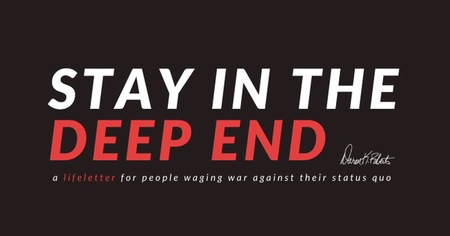The foundation of any strong nonprofit organization is its board. There are three key steps to optimizing the identification and recruitment of prospective board members. First, develop profiles of your ideal candidates, so you know for whom you are looking. Second, create a board development tool kit. And third, network away!
1. Develop Profiles of Your Ideal Candidates.
Know what makes a generic good board member:
- People who are knowledgeable and interested in education, afterschool, at-risk youth, working families, childhood health issues, high school graduation rates, et cetera.
- People who will attend meetings and events.
- People who work well with others and have good ideas.
- People with expertise in law, accounting/financial, fundraising, marketing and communications, human resources, et cetera.
- People who will donate, solicit, or provide in-kind financial support and bonus if they have access to donors (individuals, corporations, and foundations).
- People who are connected to the community and have knowledge of how to get things done in the local environment.
- People who show enthusiasm for your cause and want to be ambassadors and friendraisers.
- People with past experience on nonprofit boards or who have participated in leadership training programs.
Analyze who is currently on your board and their attributes, skills, and networks, so you identify any holes that need to be filled.
- Personal attributes
- Networks
- Skills and talents
- For example: If your treasurer is talking about retiring and moving in the coming years, you may want to add people with accounting and finance backgrounds; if you have a board that is heavy among the same social circles, you may want to branch out.
Assess the strategic direction the organization and board are moving in, and what projects are underway or anticipated. Look for people who can help you move in that direction.
- Skills to meet strategic needs.
- For example: If you are starting a capital campaign, you may want an architect or a project manager on your board. If you are thinking of programmatic expansion, you may want someone who brings expertise about this new program area.
2. Create a Board Development Tool Kit
You will want a Board Job Description, so you can let prospects know explicitly what is expected from board members: term of service, committee service, give or get policy, et cetera.
- The person asking should know the Board Basics: how often you meet, how big is your board, what the governance structure looks like, et cetera.
- Some organizations like to have an Application/Indication of Interest Form.
- Some organizations like prospects to have interviews with the Nominating or Leadership Development Committee Members, and an Interview Questionnaire can be helpful.
- A Board Member Commitment Agreement can clarify expectations of the organization and the board members, and make their acceptance official.
3. Network
Once you are clear on what type of new board members you need, how will you find these prospects? To some extent, the board skills you need to add will determine where to look. The Nominating or Leadership Development Committee leads this process and should seek input from the whole system.
- Start with your existing board.
- Next, ask for input from staff, donors, prospects, foundation professionals, colleagues, service providers and consultants, et cetera.
- Examine any committees, task forces, and volunteers within your organization if they are leadership pipelines.
- Look externally to other boards, local business leaders, community leaders, leadership development programs, retired politicians and policy makers, and educators, et cetera.
- Use LinkedIn.
- Create an open application/indication of interest process and interview prospects.
The goal is to build a purposeful and strategic board, not just fill seats. Start with enough time, so you can give the board recruitment process the attention it deserves. Once you have the right people, the next steps are to carefully onboard and orient them. It takes work, but being intentional and thoughtful about board development will pay dividends for your organization, for years to come.
Written by Nanette Fridman, MPP, JD, founder and principal of Fridman Strategies, a consulting firm specializing in strategic planning, financial resource development, governance and leadership coaching for nonprofits. She is the author of On Board: What Current and Aspiring Board Members Must Know About Nonprofits & Board Service. Nanette can be reached at fridmanstrategies@gmail.com.




